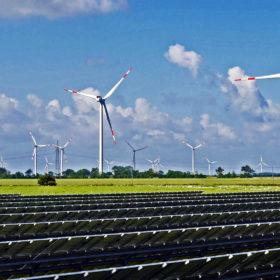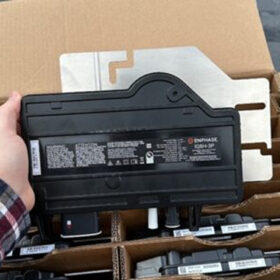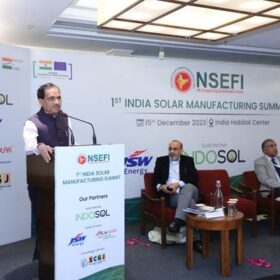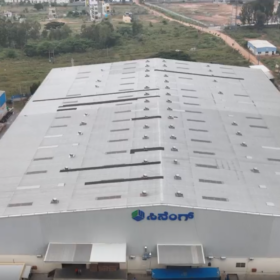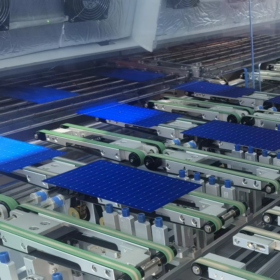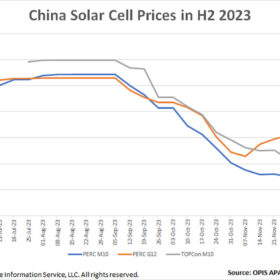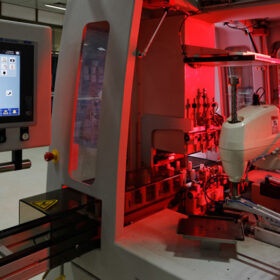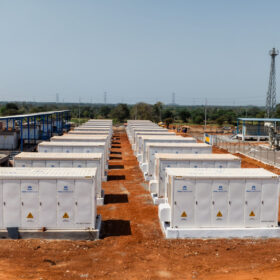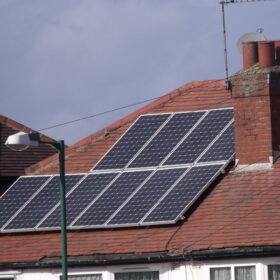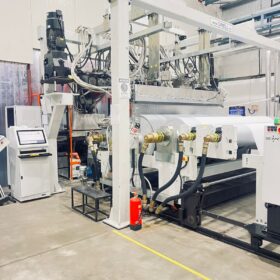Ambuja Cements commits INR 6,000 crore to 1 GW of solar, wind power projects
Ambuja Cements Ltd, part of the diversified Adani Group, plans investment in 750 MW of new renewable power generation capacity in Gujarat (600 MW solar and 150 MW wind) and a 250 MW solar power project in Rajasthan as it pursues cost reduction and environment sustainability across its cement manufacturing operations. The company will fund these projects through internal accruals.
Enphase unveils new three-phase inverters
Enphase has released 208 V three-phase inverters for the small commercial market. The advancing hardware comes with a specialized support team and tailored design tools.
PLI Scheme will boost indigenous production of solar panels: Union minister Bhagwanth Khuba
The Union Minister of State for New & Renewable Energy, Bhagwanth Khuba, also exhorted the manufacturers to be reasonable in pricing solar modules and not take undue advantage of basic customs duty by spiking domestic panel prices.
Sineng Electric hits 10 GW of solar PV inverter shipments to India
The Chinese PV inverter manufacturer has surpassed 10 GW of solar inverter shipments in India.
SMA to build 3.5 GW inverter factory in US
SMA Solar Technology AG says it will open a new 3.5 GW inverter factory at an unspecified location in the United States in 2025. The German manufacturer is currently talking with several US states and potential partners to select the best production site.
China’s Akcome to expand HJT solar cell capacity by 4.6 GW
Akcome Technology has expanded its heterojunction (HJT) solar cell capacity by an additional 4.6 GW, while China Energy Construction Corporation (CECC) has kicked off a 42 GW inverter tender for 2024.
Competition heats up
Oversupply is hitting some solar manufacturers hard but grid constraints and labor shortages are unlikely to hold the solar industry back in 2024.
China’s monocrystalline PERC cell prices extend losses while TOPCon cells hold steady
In a new weekly update for pv magazine, OPIS, a Dow Jones company, provides a quick look at the main price trends in the global PV industry.
Tata Power Solar to supply 152 MWp DCR modules for NTPC’s Nokh PV Park
Tata Power Solar Systems Ltd will supply 152 MWp of bifacial mono-PERC modules built with in-house developed cells for NTPC’s Nokh PV Park in Rajasthan.
Adani ‘Green Talks’ supports 5 social impact startups
Adani Group’s ‘Green Talks’ provides an open source platform to social entrepreneurs to develop their ideas and make them reality.
